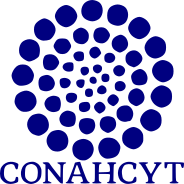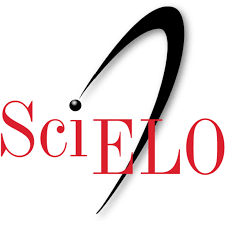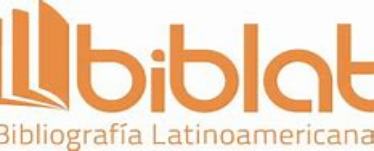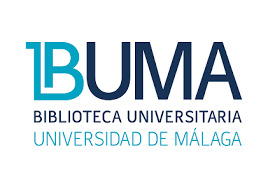REGENERACIÓN NATURAL DE LA SELVA ALTA PERENNIFOLIA EN EL PARQUE ESTATAL AGUA BLANCA, MACUSPANA, TABASCO, MÉXICO
Abstract
The tropical rainforest is one of the best
developed and most complex ecosystems,
yet is undergoing very rapid deterioration.
The alternative course of recovering it
requires knowledge of the process of
regeneration. The objective of this research
was to evaluate the process of natural
regeneration in a high evergreen forest relict
in Agua Blanca State Park, Macuspana,
Tabasco, as well as to learn the floristic
composition, measure species diversity and
floristic similarity, and analyze physical
factors (litter depth, litter cover, crown
cover, soil moisture, and pH). Two sampling
units of 50 X 50 m were established,
each divided into 25 subunits of 10 X 10
m, in which four plots of 1 X 1 m were
subsequently set up at random. To conduct
the regeneration study, all individuals ≤1.30
m and ≥1.30 m were censused and their lifeform determined. Measurements of physical
factors were carried out in each 1 X 1 m
plot. A total of 152 seedlings representing
46 species and 20 families are reported.
Rinorea guatemalensis was the species with
the highest number of seedlings. The index
of diversity was H’ = 3.7 in sampling unit 1
and H’ = 3.0 for unit 2. Floristic similarity
was 27%. There was no correlation between
the number of individuals and number of
species for each of the factors analyzed.
We conclude that the high evergreen forest
relict is in the process of regeneration as
the species of tree seedlings reported are
characteristic of a primary forest.
Downloads
Published
Issue
Section
License

Polibotánica by Departamento de Botánica de la Escuela Nacional de Ciencias Biológicas del Instituto Politécnico Nacional se distribuye bajo una Licencia Creative Commons Atribución-NoComercial-CompartirIgual 4.0 Internacional.




















